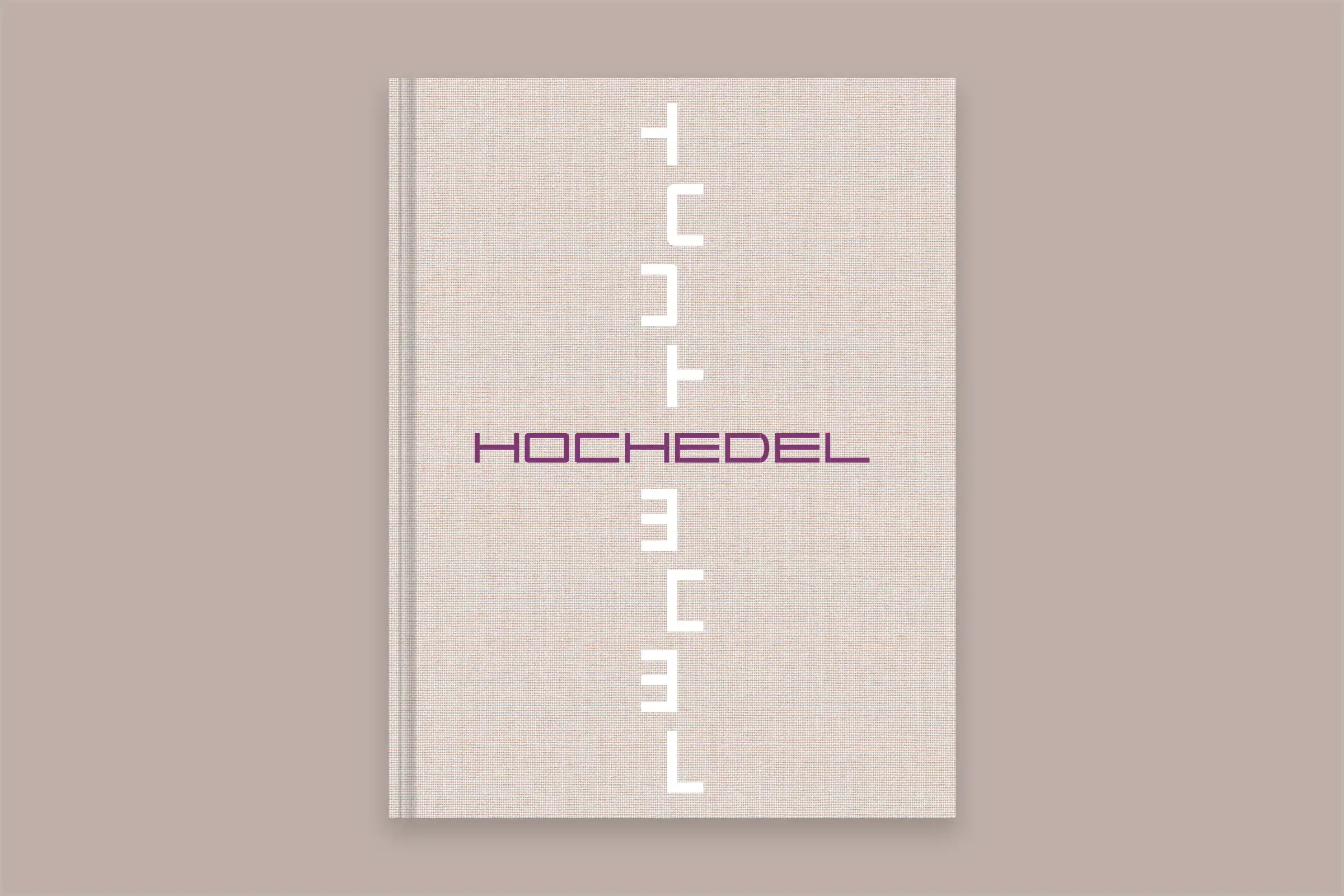
Wander through the endless rows of vines. Breathe in the smell of the barren soil hiding the secret of Roederer Champagne. Next door, the horses used to carefully cultivate the soil pant and snort. Using resources carefully and respectfully is important to everyone. This tradition at Louis Roederer has been going on for seven generations and they are one of the few major Champagne houses that is still in family ownership. Bucking the trend of buying in grapes from external sources, over time they acquired some outstanding Grand Cru and Premier Cru locations so they could harvest their own top-quality grapes – a rare thing in the Champagne region. When the time is right for harvesting, the short distances involved guarantee optimum processing. There are three regional cellars where the delicate grapes are pressed directly on site. All the different stages of production are carried out carefully by hand, with lots of time, in peace and quiet, creating a Champagne that meets the very highest of standards.
The Louis Roederer cellars are real temples for Champagne connoisseurs, a manufactory of the finer way of life, tempting you in for copious tastings. From the vast array they have on offer, the vintage Champagnes and the Cristal are the ones that really stand out. The variety of vineyards Louis Roederer owns is what makes this varied and attractive range possible, proving that producing Champagne is a true art form in itself. The vintage Champagnes are vinified exclusively from their own grapes, 98% of which are classified as Grand Cru. 80 of its 240 hectares are now biodynamically farmed and this number is expected to rise. Louis Roederer manages a competent, ambitious and, above all, independent wine business. In an interview with Président Directeur Général Frédéric Rouzaud, he explained that the long-term strategy of the house is to never stand still and always promote the development of Louis Roederer. With lots of time and patience they are developing the business for the next generation. Its ‘vineyard policy’ is to concentrate on top-class terroirs. Out of the 3.5 million bottles produced by Louis Roederer each year, only around 450,000 of them are Cuvée de Prestige Cristal. It’s only in outstanding vintages that it is pressed at all. 2008 was just such a vintage year and it produced an impressive wine.
After ten years of careful storage, the 2008 Cristal has now come onto the market. The internationally renowned wine critic James Suckling awarded it the highest rating of 100 points. Its extraordinary quality ensures that, in ideal conditions, it can be stored for decades. The legend of the Cristal goes all the way back to Louis Roederer II, who was an outspoken fan of Russia and in 1876 wowed the pleasure-loving tsar Alexander II. with this Champagne. From then on, the bottle was allowed to bear his coat of arms. The special shape of the transparent Cristal bottles with a flat bottom, which remains their characteristic trademark to this day, was caused by the – not unfounded – fear the tsar had that he would be poisoned or targeted in a bomb attack. The transparent crystal glass means you can see the bottle’s contents and you couldn’t hide any explosive device in the flat bottom. The tsar’s cellar master also supervised its production. The basis for the Cristal, which is also available as a rosé, are the Pinot noir and Chardonnay grape varieties. The grapes ripen on white, stony chalk soil, which store heat from the sun and only provide weak yields. The slow development and patient maturation time creates the crystalline quality of the Cristal and makes it an exceptional Champagne from the traditional house based in Reims.
It is a promising view you get before taking your first mouthful of a freshly poured Champagne. It fizzes in the glass and the anticipation you feel follows a tingling on the palate and a warmth in the stomach. A sensual experience you can enjoy over and over again and that may also not be limited just to the aperitif. Not all connoisseurs are aware that Champagne is suitable for almost any menu and any type of food – so it goes well with aperitifs, main courses and desserts. All you need is the right one and it’ll transform your whole menu into a special, festive experience. Every assemblage and every Brut Nature has its own character and individual qualities. Top chefs have meanwhile been creating their own recipes, turning Champagne into something more than just a ‘bubbly’ companion for invigorating and stimulating culinary sensations.











